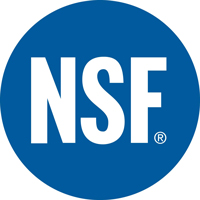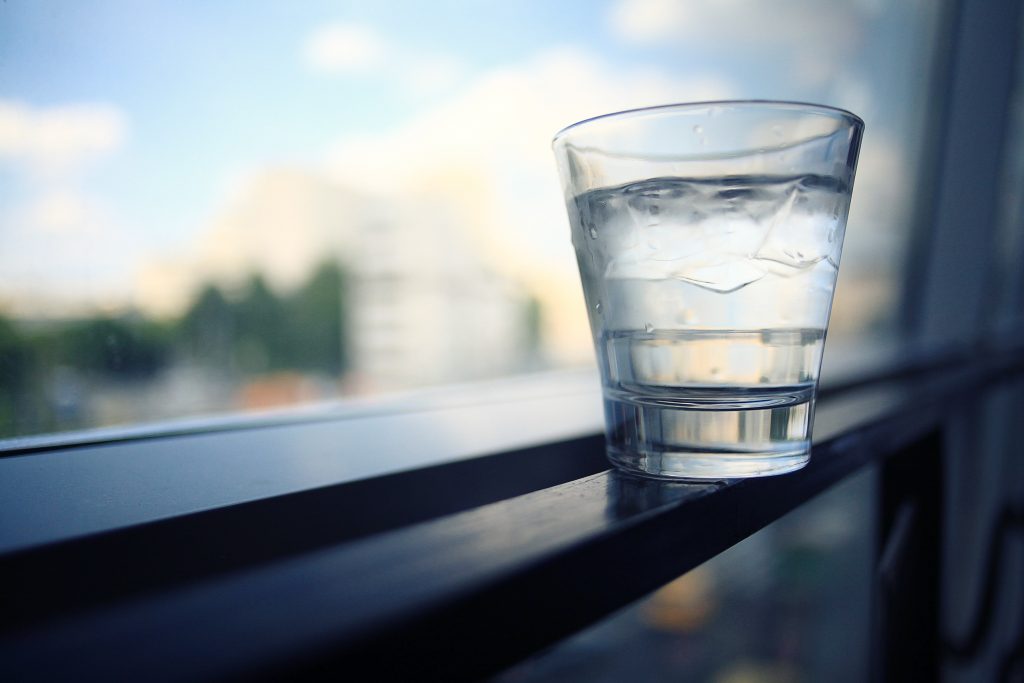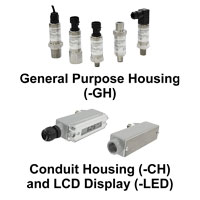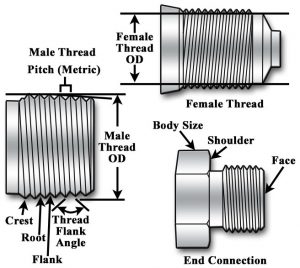
Threaded connections are often referred to as a process connection type. For Dwyer product specifications, this connection type is typically NPT (National Pipe Thread), which is an American standard thread. These connections allow products to be installed directly into piping or with the use of threaded fittings.
For threaded connections there are two common types, (1.) straight or parallel thread and (2.) tapered thread. Continue reading “U.S. and International Threaded Connection Standards”

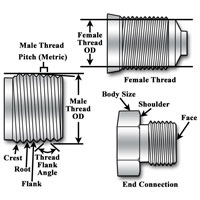
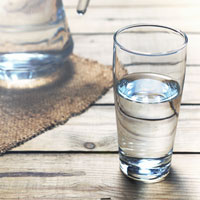

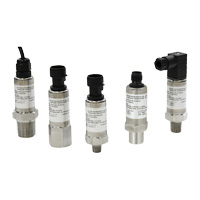
 Pressure transducers can be used in off-road equipment, construction machinery, performance racing, railroads, engines, and other applications where a transducer may be exposed to shock and vibrations. Transducers can be exposed to shock and vibrations through normal use, as well as during maintenance. Although not all applications subject a transducer to shock or vibrations, these devices tend to be very sensitive and their ability to accurately read pressure can be affected easily.
Pressure transducers can be used in off-road equipment, construction machinery, performance racing, railroads, engines, and other applications where a transducer may be exposed to shock and vibrations. Transducers can be exposed to shock and vibrations through normal use, as well as during maintenance. Although not all applications subject a transducer to shock or vibrations, these devices tend to be very sensitive and their ability to accurately read pressure can be affected easily. 